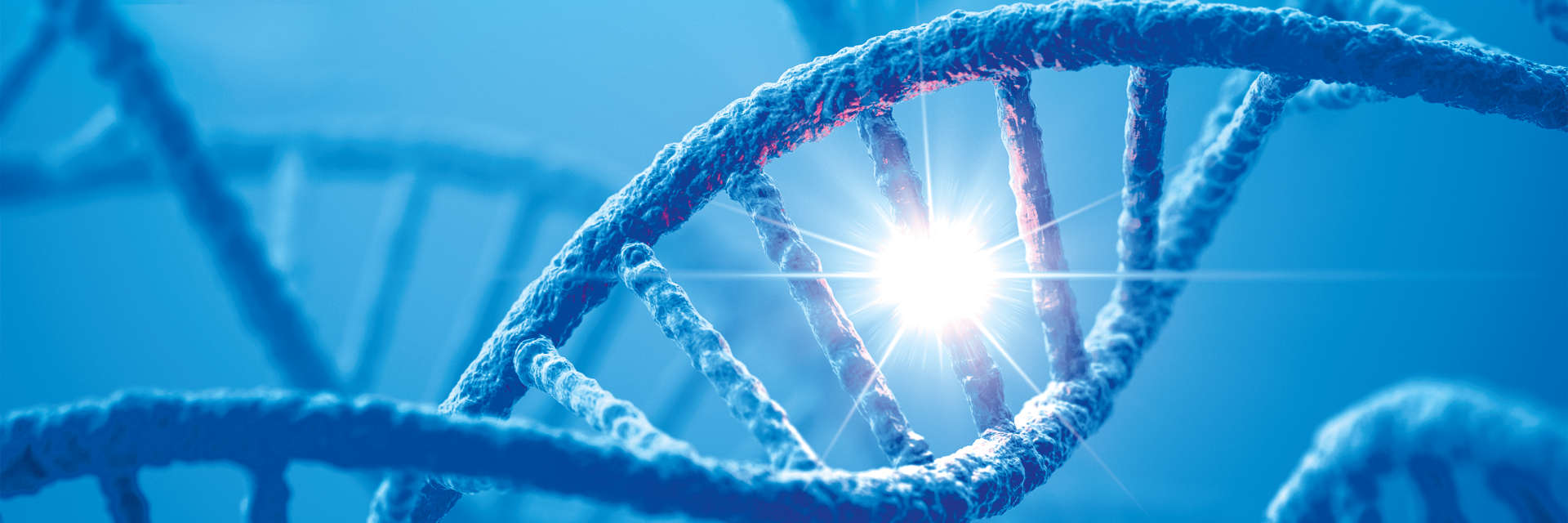
Thanks to the high sensitivity, superior precision and absolute quantification, digital PCR can detect low abundance targets, targets in complex mixtures, allelic variants and monitor small changes in frequencies of targets across a wide range of samples and applications. One such area that became the subject of this 2020 webinar is the specific and sensitive detection of mutations in widely studied oncogenes.
Our R&D expert, Dr. Oezlem Karalay, presented how dPCR mutation assays with Locked Nucleic Acid (LNA)-enhanced oligonucleotides can be used in combination with the QIAcuity system for the simultaneous, high-sensitivity detection of rare targets.
This blog is a wrap up of the top 6 questions asked during Q&A. You can view a recording of this webinar here.
What is the maximum input (in ng) per well, and what is the maximum resolution per well (% mutant to wild type or fractional abundance)?
Recommended maximum sample loading amount is 450 ng per reaction, and the minimum amount is 20 ng per reaction. One can achieve maximum sensitivity of 0.1%.
Does the FFPE sample DNA affect the specificity and sensitivity of detecting mutation frequencies in dPCR as they contain inhibitors?
Despite being less prone to inhibitory effects than qPCR, dPCR works optimally only if using templates with high template purity. Use of dedicated protocols and kits for recovery of high-quality gDNA from FFPE samples is recommended. Residual crosslinks will prevent strand separation and amplification. Abasic sites can induce unspecific amplification and loss of amplification as a result of formalin fixation. Strongly degraded templates will also show a large discrepancy between OD-quantified and dPCR-detected DNA amounts, resulting in inaccurate loading amounts.
How many mutations can you detect in one reaction?
Two mutations can be detected simultaneously in one reaction (the first mutation with FAM/HEX labeled MUT/WT probes in Green and Yellow channel, second mutation with Atto550/ROX labeled MUT/WT probes in Orange and Red channel).
What is the best sample (tissue or plasma) for which dPCR LNA Mutation Assays can give the best results?
It is not about sample type. The limiting factor in dPCR is the loading amount of DNA material. However, in comparison to tissue samples, plasma samples can give less optimal results as the amount of cfDNA extracted from plasma samples can be extremely low and highly fragmented. The incorporation of LNAs into primer and probe sequences increase target specificity and discrimination between WT and mutant copies of targets. By varying the position and amount of LNAs in probes and primers, Tm values of oligonucleotides can be optimized for the highest level of discrimination while keeping their length short. Thus, target amplicons can be kept as short as possible by incorporating LNAs into primer and probe designs, which allows for optimal detection of targets in highly fragmented and degraded DNA samples.
Is it possible to work with intercalating dyes on this platform, besides TaqMan probes?
EvaGreen is an example of intercalating dyes. QIAcuity EvaGreen Mastermix for EG-based detection is available. Further information can be found here.
Can I use digital PCR for detecting a mutation in the virus genome?
QIAcuity One-Step Viral RT-PCR Kit is now available, for example, to detect viral content in samples.